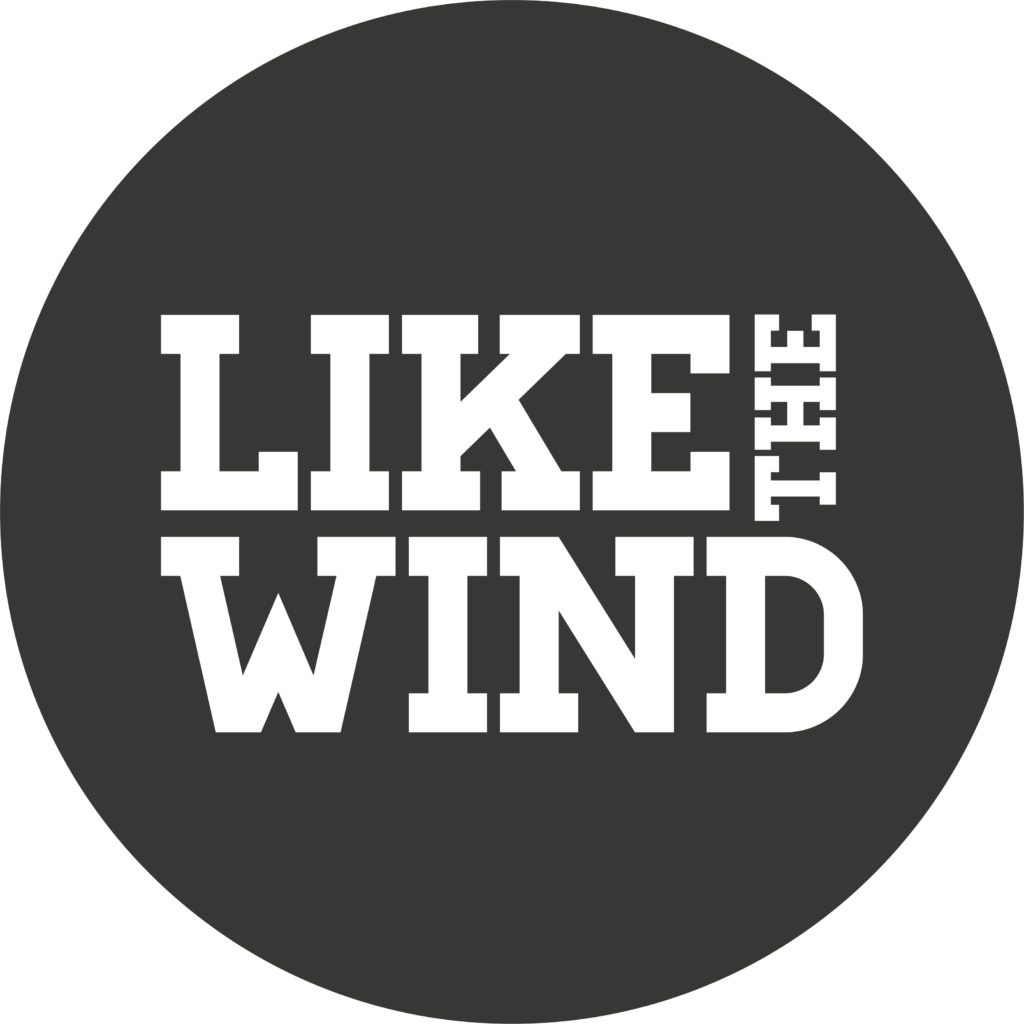‘Midday on day three and things aren’t going well. I’ve spent more than two hours trudging through an undulating dune that doesn’t remove one’s breath in awe, but because of the absence of any moving air whatsoever. I think this might be heatstroke.’
Words and photography by James Carnegie.
I remember being six years old and my dad explaining to us how our white Ford Escort estate came to be covered in strange red droplets one spring morning. It was Saharan sand, blown thousands of kilometres north until it reached our tiny island of Jersey.
Nearly 30 years later, I stand amid a sea of burnt red dunes, 3km into day one of the 29th Marathon des Sables with more than 248km still to run. I feel complete. This is where I am meant to be, stood baking in the Moroccan sun, loaded with 10kg of food, kit and water to see me through the next six days of this peculiar desert adventure.
While visions of running free across dried lake beds and ascending precarious jebels dominate the marketing material that continues to entice more than 400 Brits each year to take part in this behemoth of an event, I was determined to discover (and document) the romance, reality and guts spilt out over the desert floor for a week every year. As a photographer, this presented me with two immediate problems: how much camera gear could I justifiably run with and what would withstand the rigours of such demanding conditions?
For most competitors, countless evenings are lost (much to their partners’ disgust) scouring the web for the lightest, cheapest and smallest equipment. For what is essentially a running race, you’d be amazed at what it turns out you need to keep one foot in front of the other over 160 miles. Gaiters, venom-pumps, signalling mirrors… it piles up.
My 10kg pack made me 3kg heavier at the start line than one ought to be if one has any intention of successfully running the entire event (or as much as can be run). But I wasn’t just here to post a fast time or secure a top 200 place: I wanted the full experience. I wanted to convey to people back home why so many of us are drawn to running and suffering through remote, extreme environments. Why do we pay – in the case of the MDS an extraordinary amount – for the privilege of not washing for a week, eating dehydrated chicken tikka from a cut-up water bottle each night and sleeping eight abreast, lined up on a dusty rug like frazzled peperamis (an invaluable 126-calorie snack, by the way) beneath an open-sided berber tent?
I’m a sucker for the romance of travel and exotic locations and am inflicted with the hereditary curse of always wanting to be somewhere else, soon – a curse fuelled in part by a boyhood spent reading Tintin and my grandfather’s collection of dusty National Geographics. It seemed natural to pair this with the fairly recent discovery of my ability to run along trails for long periods of time – not particularly quickly, mind, but loving the discovery and freedom it offered (even when running through Surrey countryside). In training for various races I’ve found myself indescribably lost, jogging through villages time seems to have forgotten (complete with farming communities who legitimately wear red trousers with wellies and drive packs of dogs around in 4x4s) armed solely with a water bottle, a bag of nuts and a debit card. There’s a real romance to running: crossing county borders at sunrise, searching for overgrown walking trail signs and finding refreshment from brooks and motorway services – when three-lane highways unexpectedly appear from behind a hedgerow. It’s another side to the energy gel-sucking, split-timing, minimal-drop obsession that grips so many people in their hunt for PBs and medals. While I admire those able to dedicate themselves to such a pursuit, it’s not for me.
Midday on day three and things aren’t going well. I’ve spent more than two hours trudging through an undulating dune that doesn’t remove one’s breath in awe, but because of the absence of any moving air whatsoever. I think this might be heatstroke. I know I’ve drunk enough (although if a checkpoint doesn’t appear within the next 20 minutes I and a lot of other people are in trouble), I’ve taken my quota of salt tablets and I’ve got the legs to do this. Why, then, am I starting to feel dizzy? My head is busy throwing up all manner of bizarre images and thoughts, my speech is slurring and morale among my tent-mates is at an all-time low.
A clearer-thinking individual would prescribe retreating to a shady patch, pouring water over your head and easing up on the pace. This strategy (which I adopted soon after the following checkpoint) is how I learned to cope with heat that often reached the 40s or even low 50s.
The local children who occasionally gather under trees, dressed in dark jeans and jackets lend further weight to our incongruous intrusion into their environment – an environment that, as more than 100 runners (and one unfortunate soul airlifted to hospital in Casablanca) will discover when forced to drop out, is not to be taken lightly.
6:30am, and another queue develops in the centre of the bivouac circle – this time for the first of today’s water rations. Queues and waiting, one soon begins to realise, form the basis of the French race organisers’ raison d’etre. While we British are renowned for our ability to join or form a queue at any given opportunity, the MDS uses queues as a tool for ensuring order at water/ration/kit-check/doctor points, forming a captive audience before each morning’s start and preventing the sort of mad rush ordinarily found in Italian stations.
Once water has been secured it is sparingly divided between the stove for breakfast, bottles for running and washing. However, the latter somehow never seems to happen. Shorts and shirt have by now developed the kind of crusty salt marks that one normally expects to see on excessively sweaty marathon runners. Mirrors (fortunately) are in short supply; who really wants to see themselves anyway, surrounded by a thousand other weathered, dishevelled companions?
Over the course of the MDS’s six days, numerous checkpoints, dried lake beds and oueds, I begin to appreciate that our bodies are remarkable vehicles for attempting endurance challenges while our minds the often less than reliable drivers. One will purely offer up signals of impending cessation, but the other has a more cunning ability to pose questions, such as “Did you really train enough for this?”, “Can you actually see yourself completing five more days?” and “Really – shouldn’t we just stop?”
By the 81km stage I had learned to hoist a defiant finger at the desert, race organisers and whatever they chose to put in front of us. A 10km trudge through undulating peaks and troughs of soft sand followed by an hour-long climb up a 200ft jebel? Bring it on. You may reduce me to a crawl, trekking poles (invaluable) clawing at loose earth with feet barely lifting off the ground, but you can’t stop me. Not now.
The MDS offers the opportunity to retreat to a place where the ordinary clutter of life has no place or meaning. The MDS will strip you back to your bare bones, reminding you what you’re truly capable of: running where you can, walking the rest, you will spend days with your thoughts. Make no mistake, this is not a pleasurable experience, but the mind soon forgets the pain and pus that exudes from throbbing feet, replacing it with a rose-tinted version of an extraordinary week you once spent in the company of eight other stinking, farting runners.
In a way, the MDS embodies all that running often is: a painful, often laborious and repetitive experience, unconducive to long-lasting health with arguably more favourable alternatives available. The MDS and running both reveal things to us and about us in ways other events and forms of exercise cannot. Was it worth the years of worry, financial and personal strain – not to mention risk to health? I’m both too close to the experience and too stubborn to answer that properly. Will I forget the experience of waking before sunrise with the breeze on my face, the vastness of the desert opening up before my feet as I scaled another mountainous dune, or the overwhelming wave of emotion that brought me to tears as I crossed the finish line? I sincerely hope not. I’m not a better runner, I’m not a faster runner and I wouldn’t say I’m a more accomplished runner than most. But through running this event I’ve discovered, felt and lived through more than any other sport ever offered me and because of that I’ll keep going, one foot after another.
Where next? It doesn’t really matter – it’s all new territory awaiting my discovery.
James Carnegie is a Jersey boy on a mission to perfect the art of trail running and photography. So far, it is proving expensive.
www.jamescarnegie.co.uk
@jamescarnegie
This story originally appeared in Issue #2 of Like the Wind magazine. The magazine is still in print (be quick only a few copies are left!) and available from the Like the Wind Shop.









